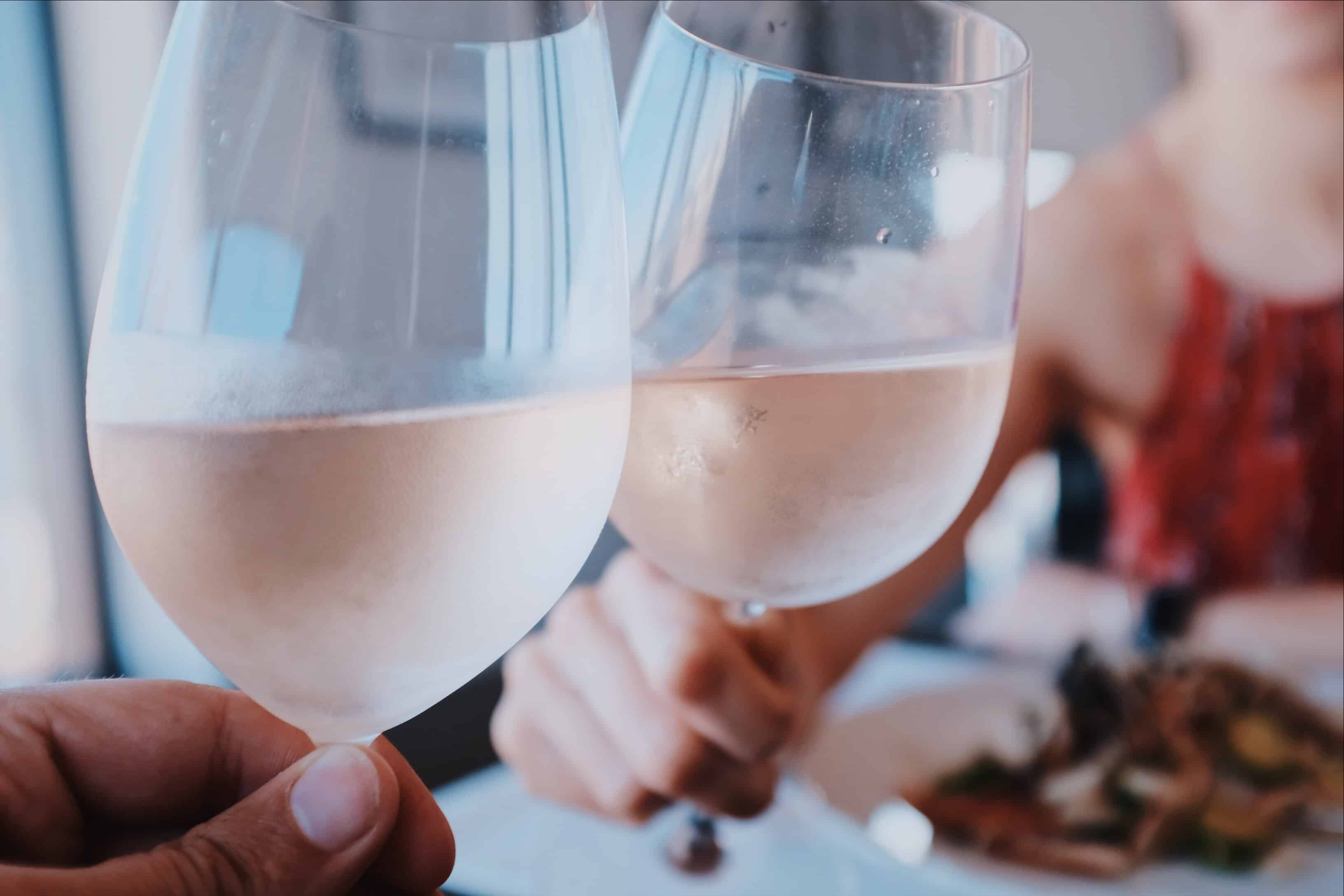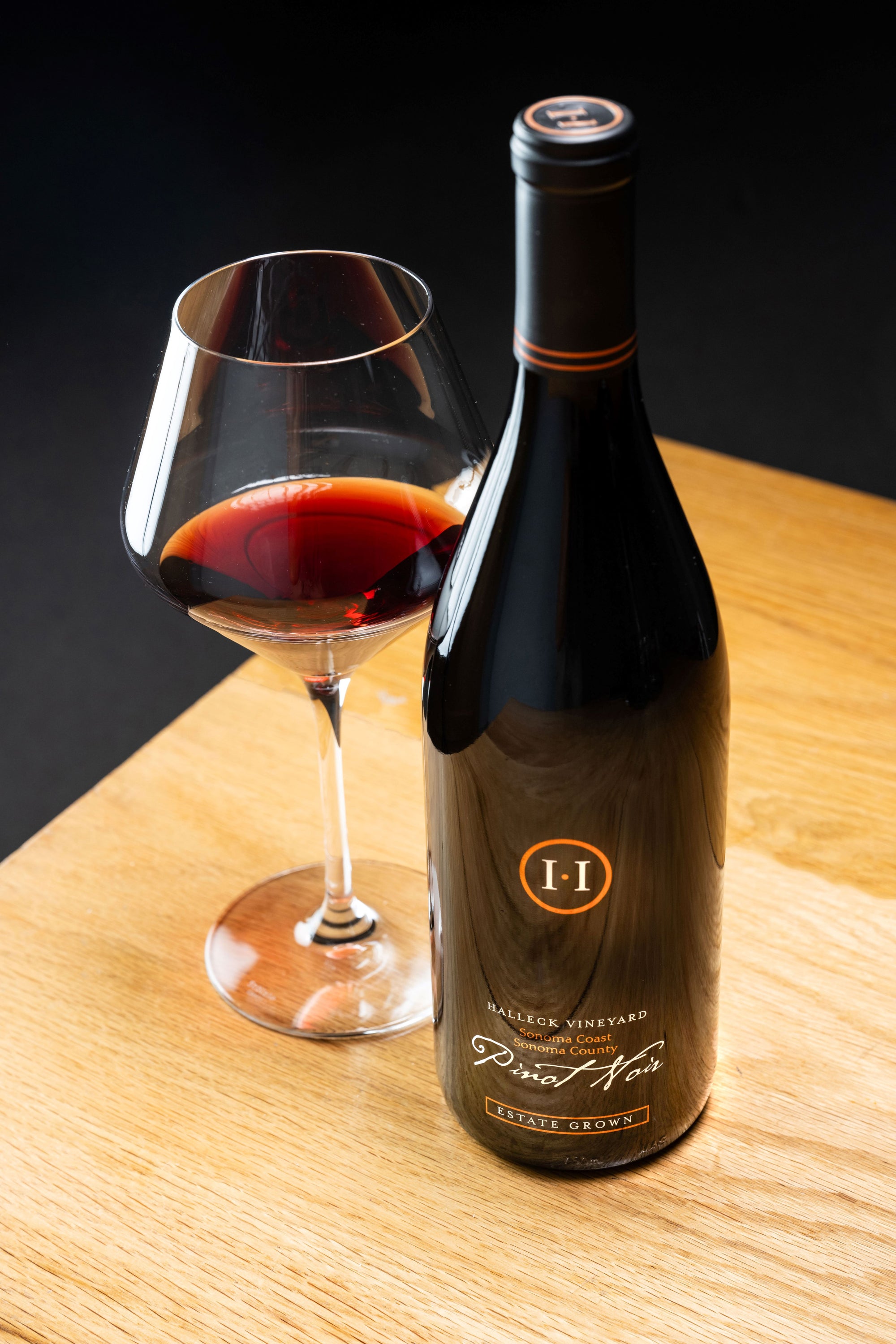Sonoma's Top Sparkling Wine Producers - The Charm Of Sonoma Wineries
Wine tasting is an art that requires practice and an understanding of assorted elements involved in the process. One essential component of wine tasting is the event and interpretation of tasting notes, which function a guide for each novices and seasoned connoisseurs. A Guide To Understanding Winery Wine Tasting Notes can enhance your wine-tasting experience, making it more meaningful and gratifying.
Tasting notes are concise descriptions that seize the essence of a wine’s flavors, aromas, and general character. Normally composed by professional tasters, winery tasting notes supply insights into the nuances of assorted wines. They can help wine enthusiasts understand what to anticipate from a selected bottle. Nonetheless, tasting notes can vary broadly in style and element based mostly on the writer's experience and palate.
Family-Friendly Wineries Near Sebastopol - Exploring The Vineyards In Sonoma County
When you first strategy a glass of wine, your senses will start to engage instantly. The sight, odor, and style of the wine will converge to offer you a complete experience. Tasting notes typically begin with the visual evaluation, where the colour of the wine is taken into consideration. Color performs a significant function in indicating the wine’s age, grape selection, and even its flavor profile.
After assessing the visual side, the subsequent step includes swirling the wine within the glass. This action aerates the wine, allowing its aromas to awaken. Smelling the wine offers crucial insight into its complexity. The preliminary sniff can deliver a flood of scents which will include fruity, floral, natural, or earthy notes. This is often probably the most subjective a part of tasting, as individual experiences can dramatically differ.
In winery tasting notes, descriptors are often categorized into primary, secondary, and tertiary aromas. Primary aromas usually stem from the grape selection, secondary aromas derive from fermentation processes, and tertiary aromas arise from growing older. Understanding these classes may help you appreciate the depth of a wine, they usually additionally give you the vocabulary to specific your experience better.
Wine Tasting Trails In Sonoma Valley - Sonoma County's Best Wine Experiences
Following the olfactory encounter, your focus will shift to the taste of the wine. This is where the first characteristics—sweetness, acidity, tannins, alcohol—come into play. Tasting notes typically detail these flavors in multiple dimensions, together with the initial assault in your palate to the lingering finish on your tongue. A high-quality wine will present a harmonious balance between these elements.
Whereas tasting, it's essential to ponder the physique of the wine, which can be described as light, medium, or full. The body contributes significantly to your general impression, helping you consider how the wine pairs with food or whether it stands alone as a sipping wine. Balancing the body with the other traits will present you with a fuller understanding of what the wine has to offer.
The finish of the wine, additionally known as the aftertaste, is another critical side often included in tasting notes. A long, nice finish usually signifies a better quality wine, whereas a short or cloying aftertaste might suggest otherwise. Evaluating the end can offer additional insight into the wine's complexity and distinction.
Understanding the context of winery tasting notes can also be valuable. Tasting notes can present contextual details about the vineyard's location, local weather, and grape-growing practices. This context adds another layer of appreciation for the wine, permitting enthusiasts to connect the sensory experience with its origins, thus enhancing the enjoyment additional.
Best Chardonnays From Sonoma Winemakers - Best Wineries In Sonoma For A Wine Experience
Many wineries present tasting notes on their web sites or labels, usually written in an approachable yet informative style. Nonetheless, not all winery tasting notes are created equal. Some may be overly technical, while others might prioritize marketing flair over insightful analysis. Studying to navigate these notes can arm you with the knowledge to make informed choices when deciding on wines.
Taking Part in tastings at wineries can even deepen your understanding of wine tasting notes. Interacting with knowledgeable workers may give you a extra hands-on method to exploring totally different wines and the language used to describe them. Wineries With A Focus On Syrah. You May have the chance to ask questions, interact in discussions, and probably refine your palate in actual time.
Experimentation is important for mastering wine tasting notes. As you sample different wines, strive making your personal notes. Focus on describing the wine’s colour, aroma, taste, and end. Over time, you’ll develop a personal vocabulary that resonates together with your sensory experiences. Each note you create will assist refine your palate, permitting you to understand wines at a deeper level.
Wine Tasting Experiences With Local Cheese - Vines And Views In Sonoma Wine Country
In conclusion, a Guide To Understanding Winery Wine Tasting Notes provides a complete framework for diving into the world of wines. It equips you with the strategies and language essential to articulate your experiences. Whether Or Not you're a informal drinker or a devoted aficionado, understanding and utilizing tasting notes can profoundly influence your wine journey. This information not only enhances your enjoyment but also connects you deeply with the rich narratives each bottle tells. By embracing this journey, you become a part of the attractive mosaic of wine tradition, the place every sip unveils a new story waiting to be discovered.
- Wine tasting notes typically encompass a wide selection of sensory descriptions, including aroma, flavor, acidity, body, and finish, permitting tasters to totally respect the wine's characteristics.
- To enhance your understanding, familiarize yourself with frequent wine terminology corresponding to "tannins," "oakiness," or "terroir," which may help decipher the notes more effectively.
- A systematic approach to tasting entails first visually assessing the wine's shade and readability, followed by swirling to release aromas, then inhaling and describing what you experience.
- Taking notes throughout tasting may help determine patterns over time, improving your palate and making it simpler to recall preferences for future choices.
- Don't overlook the influence of food pairings; tasting notes can differ significantly when a wine is enjoyed with complementary flavors, altering perception and pleasure.
- Pay attention to the wine’s vintage, as climatic conditions in a given 12 months can considerably have an effect on the ultimate product, including another layer to the tasting notes.
- Consider the winemaker's style and philosophy, which might shape the wine's profile and impact how its notes evolve with every sip.
- Training with different grape varieties can broaden your vocabulary; every sort brings distinctive traits that can improve your capability to articulate tasting notes successfully.
- Participating with wine professionals or attending tasting events can provide priceless insights, offering a richer context for understanding personal tasting notes.
- Remember that tasting is subjective; particular person preferences and experiences will shape one’s interpretation of the identical wine, enriching the overall enjoyment of wine exploration.
What are wine tasting notes?
Wine tasting notes are descriptive feedback made news by tasters concerning the look, aroma, taste, and finish of a wine. They present an overview of the wine's traits and may help consumers perceive the style and high quality of the wine.
Wineries Specializing In Sparkling Wines - Celebrated Wineries Around Sebastopol
Why are tasting notes important when choosing wine?
Tasting notes can guide you in choosing a wine that fits your palate. They provide insights into flavors and aromas, serving to you to match wines with food or occasions. Understanding these notes enhances your general wine experience.
How should I read wine tasting notes?
(Wineries Promoting Sustainable Farming)
Wineries Perfect For A Relaxing Afternoon - Wine Tasting At Sonoma Vineyards

When studying wine tasting notes, pay attention to the construction: search for descriptions of color, aroma, flavor, and end. This will help you grasp the wine's profile and determine if it aligns along with your preferences.
What phrases commonly seem in wine tasting notes?
Frequent terms embrace "tannin" (the structure), "acidity" (the crispness), "physique" (the weight), and various flavor descriptors like "fruity," "earthy," or "spicy." Familiarizing yourself with these phrases can deepen your understanding of wine.
Wineries With Sustainable Practices - Vineyard Tours In Sebastopol

Can I create my own tasting notes?
Yes! Writing your own tasting notes can enhance your wine tasting experience. Focus in your observations of style, aroma, and other sensory traits. This personal practice may help you refine your palate over time.
How do I establish the aromas in wine tasting notes?
Intimate Wine Tasting Experiences In Sonoma - Enjoying A Vineyard In Sonoma
To determine aromas, practice smelling a selection of scents and associating them with wines. Swirl the wine in your glass to release its aromas, then take a moment to breathe in deeply before identifying any outstanding scents.

What is the difference between professional and private wine tasting notes?
Professional tasting notes may use more technical language and particular terminology, while personal tasting notes are subjective and mirror particular person experiences. Both are useful for understanding and having fun with wine, but personal notes might resonate extra together with your distinctive tastes.
How can tasting notes enhance my wine appreciation?
Scenic Vineyard Tours In Sebastopol - Sonoma Wine Tasting Recommendations
Tasting notes can enhance your appreciation by helping you to know and articulate the complexities of wine. They encourage aware tasting and provide a framework check my site for comparing different wines, leading to a richer enjoyment of the beverage.
Are there any apps or tools to help with wine tasting notes?
Sure, there are several apps designed to assist customers document and arrange their tasting notes. These tools typically offer features like flavor wheel guides and wine database searches, making it easier to trace your journey by way of completely different wines.